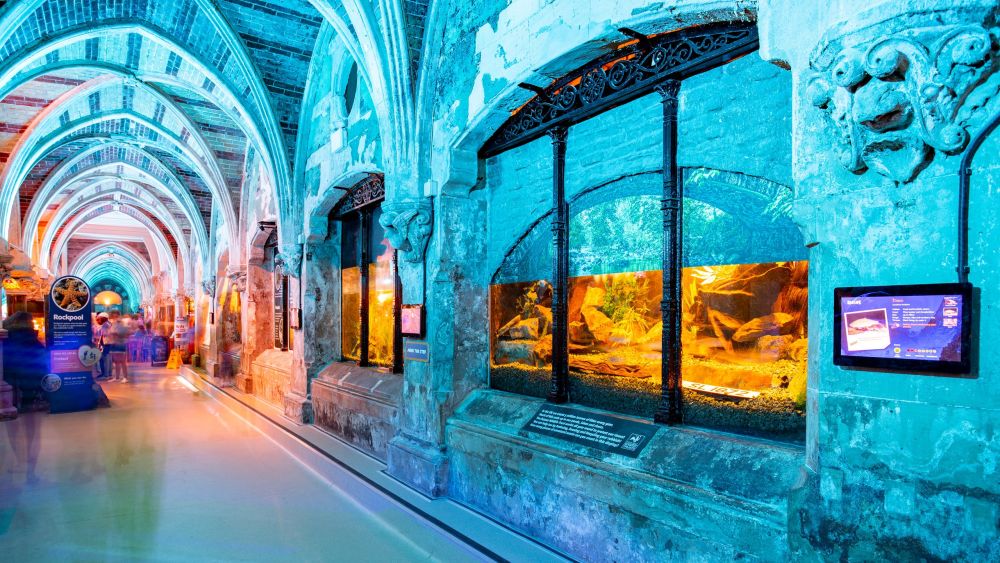

Planning your visit to SEA LIFE Brighton, the world's oldest operating aquarium, is key to ensuring a fantastic experience. If you are looking to avoid the busiest periods, it is generally best to visit outside of the peak tourist season and school holidays. Typically, the quieter months fall during the spring (March to early June) and the late autumn (September to early November). These periods offer the dual benefit of smaller crowds and a more personal experience with the marine life exhibits. Weekdays, especially from Tuesday to Thursday, are often less crowded than weekends. Additionally, consider visiting when the attraction opens or during the last couple of hours before closing, as these times tend to be quieter. Keep in mind that the weather in Brighton can be quite variable, with spring bringing mild temperatures and potential rain, while late autumn can be cooler.
If you are interested in special events, such as feeding times, talks, or seasonal presentations, it's important to check the SEA LIFE Brighton's official website for the latest schedule. Summertime, notably July and August, is busy, but it's also when SEA LIFE Brighton frequently hosts special events that might enhance your visit. During peak summer months, consider purchasing fast-track tickets to bypass the lines, or opt for a late afternoon visit when it tends to be less busy. Finally, Brighton's favourable beach weather in the summer provides an excellent opportunity to combine your aquarium visit with some time on the iconic Brighton Beach. Regardless of the season, always check ahead for opening times and any potential changes in the schedule before planning your visit to SEA LIFE Brighton.
| Month | Min Temp | Max Temp |
|---|---|---|
| January | 3 °c | 8 °c |
| February | 3 °c | 8 °c |
| March | 4 °c | 10 °c |
| April | 6 °c | 12 °c |
| May | 9 °c | 15 °c |
| June | 12 °c | 18 °c |
| July | 14 °c | 20 °c |
| August | 14 °c | 20 °c |
| September | 12 °c | 18 °c |
| October | 10 °c | 15 °c |
| November | 6 °c | 11 °c |
| December | 4 °c | 9 °c |